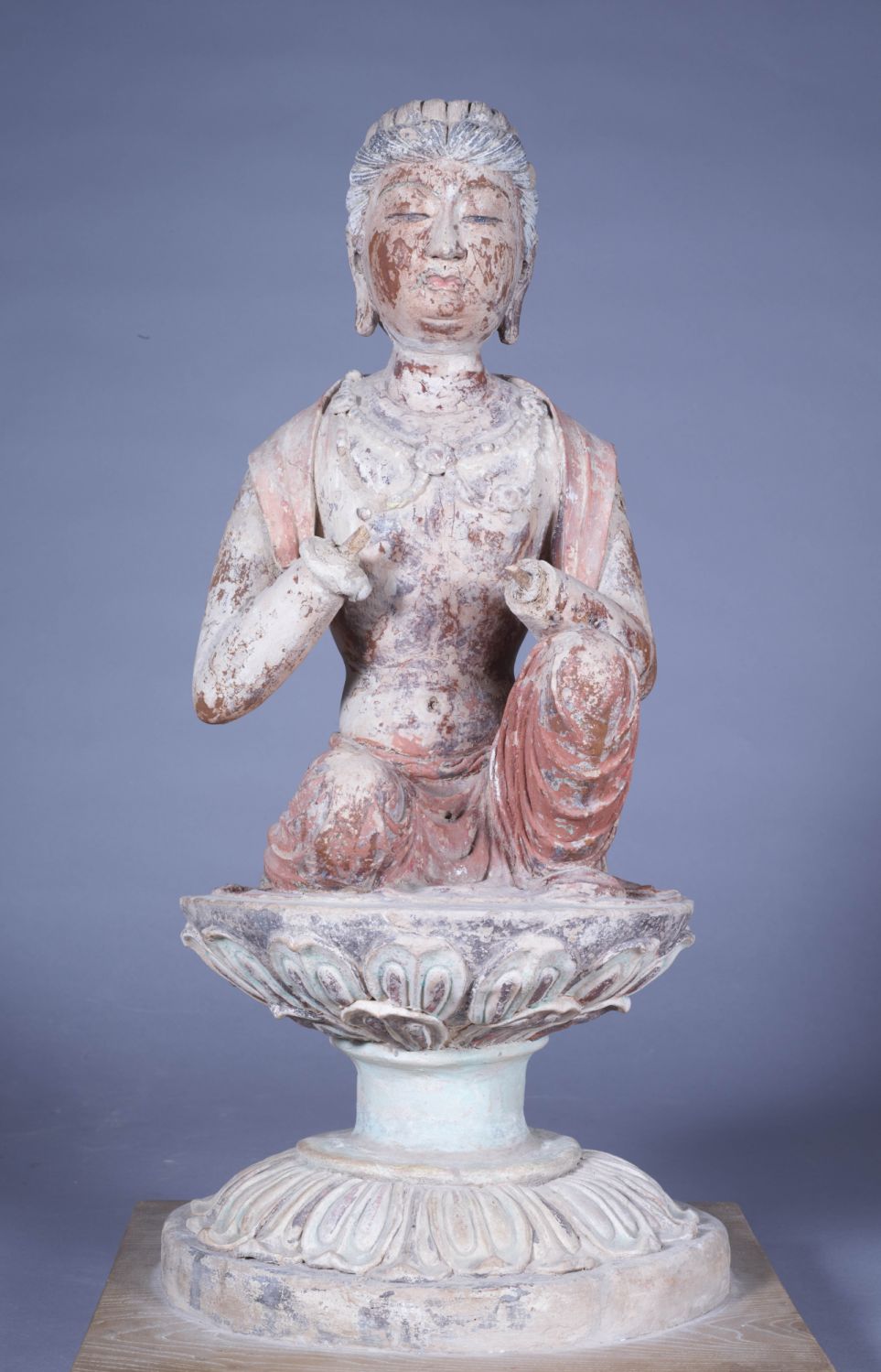The famous Dunhuang Caves, known for housing the largest surviving collection of Buddhist sculptures and murals, have been digitally recreated to reveal the secrets of the Silk Road
Hong Kong Heritage Museum’s latest exhibition, Dunhuang: Enchanting Tales for Millennium, opens today. As well as showcasing reproduced murals and artefacts spanning 1,000 years of Buddhist art and replicas of silk paintings from Dunhuang’s famous Mogao Caves, also known as the Thousand Buddha Grottoes, the museum and Dunhuang Academy teams have recreated a cave from the nearby Yulin Caves using art-tech and multimedia displays for an immersive experience.
Don't miss: Mint an NFT in Space at a Thrilling New Art Experience in Hong Kong

Dunhuang was one of the first trading cities encountered by merchants travelling to China from the west along the Silk Road. Now a Unesco World Heritage Site, the 492 caves feature 45,000 sq m of murals and more than 2,000 painted sculptures, all serving as evidence of the cultural, intellectual, political and religious influences of and exchange between China and its trading partners.



